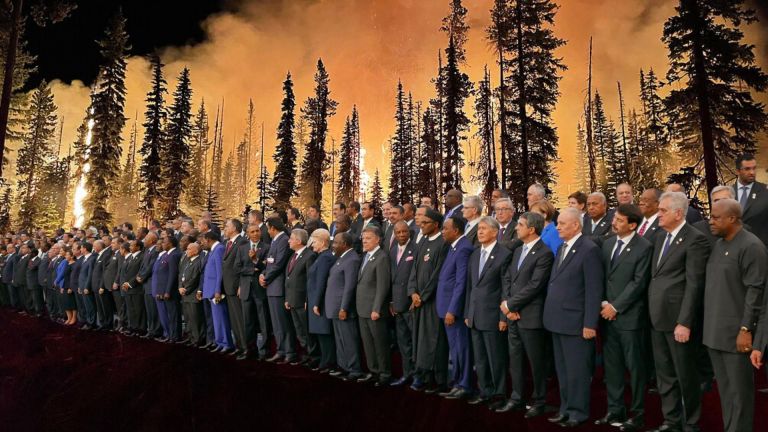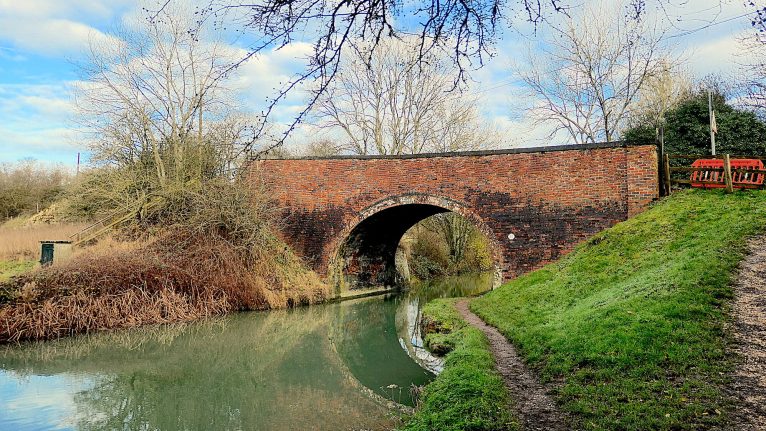Breaking down the problem
There is not a single eco-system that isn’t adversely affected by climate change. Nowhere is immune. We have to take things in bitesize pieces because if you just dumped all the problems in the natural world it would be very easy to despair and think, what the hell can we do?
Reaching tipping points
In [Norwegian archipelago] Svalbard there has been a lot of rainfall coming into winter. It shouldn’t rain, it should snow, and that rain falls and freezes the ground. Reindeer are designed to scrape through the snow, but they hit that frozen surface and can’t get to the food, so there’s been a massive die-off. At the other end of the planet in Antarctica, warmer oceans mean less fertile oceans and penguins are struggling to find enough to food to feed themselves and bring back to their chicks. Lack of rain in a forest habitat that used to be drenched in water means things dry out. A forest that would never have been combustible gets tinder-dry and starts to burn. Namibia is experiencing the worst drought on record. Animals have evolved over millions of years to cope with drought periods but if you have subsequent years where there’s no rain – last year they had no rain whatsoever – it pushes them closer to the edge.
Listening to people on the frontline
Tribal people are living with a lot more knowledge of the natural world because they are part of it. We live our lives in double-glazed, centrally heated houses – we don’t have that natural relationship. We’re not in tune. The one argument deniers stick with is that the world has gone through warming and cooling periods. But it is undisputed that we are accelerating that heating process. You couldn’t go to a Namibian farmer losing their entire livelihoods because they can’t keep their cattle alive and convince them that the climate is not changing.









